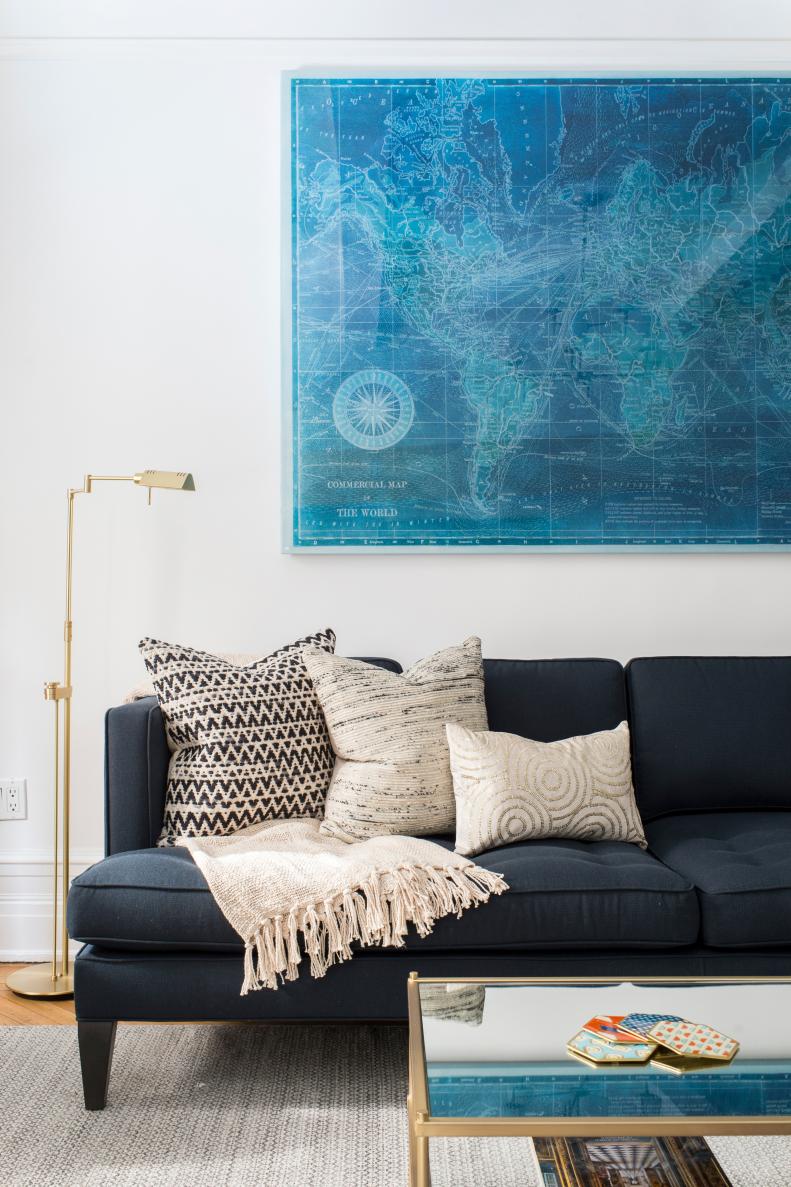1 / 10
Photo: Sammy Goh, for Homepolish.
From:
Justin DiPiero.
Begin With a Budget
Spend an afternoon in a furniture store or browsing online and you’ll quickly realize that sofas come at all prices, from a few hundred to many thousand dollars. The good news is that you can get a great sofa at every level. “Quality is not necessarily indicated by price, contrary to what people may believe,” says Cindy W. Hodnett, Upholstery and Style Editor for Furniture Today. “You can find an affordable, high-quality sofa — and the exact opposite is true as well.” Part of what determines the sofa’s price is the type — a sleeper sofa, or one with “motion” capability or leather upholstery could cost more — but you should also consider how you’ll use the sofa when deciding how much to spend. “A sofa you plan to make the centerpiece of your living room in your dream-house might be worth more of an investment,” says Max Bar-Nahum, director of custom upholstery at Dr. Sofa, a furniture services provider that offers disassembly (and reassembly), upholstery, repair, and custom design and build. “On the other hand, if you know your tastes change often, you’ll be moving in a couple of years, or if it’s the sofa you’ll put in your playroom for your kids to hang out on, you might not want to spend too much over your budget.”









